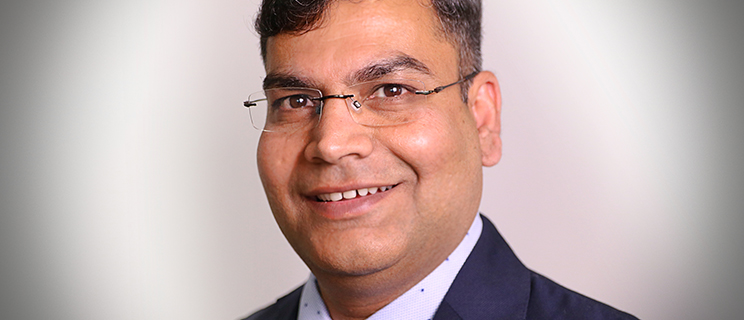Close
Call Now
03 9794 8546![]()

Introduction
Ayurvedic medicine (also called Ayurveda) is one of the world’s oldest medical systems. It originated in India and has evolved there over thousands of years. Ayurvedic medicine comes under the complementary therapy in Australia. Complementary therapies are used alongside conventional medical treatments to help improve a person’s health and wellbeing. Examples include acupuncture, aromatherapy, traditional Chinese medicine, Ayurvedic medicine, herbal medicine, yoga, meditation and massage. These treatments are sometimes known collectively as ‘complementary and alternative medicine’ (CAM). Regulation of complementary medicines in Australia by the Therapeutic Goods Administration (TGA) is a federal government department that regulates all medicines in Australia, including complementary medicines. Under Australian law, every complementary medicine is assessed for the safety and quality of its ingredients, but not always for its efficacy (how well it works). Only complementary medicines that are deemed ‘high risk’ are assessed for efficacy. The TGA does this by looking at data from clinical trials supplied by the manufacturer.
The TGA considers as complementary medicines:
In the United States, Ayurvedic medicine is considered complementary and alternative medicine (CAM)—more specifically, a CAM whole medical system. Many therapies used in Ayurvedic medicine are also used on their own as CAM—for example, herbs, massage, and specialized diets. This fact sheet provides a general overview of Ayurvedic medicine and suggests sources for additional information.
Key Points about Ayurvedic Medicine:
Background of Ayurvedic Medicine:
Ayurvedic medicine, also called Ayurveda, originated in India several thousand years ago. The term “Ayurveda” combines the Sanskrit words ayur (life) and veda (science or knowledge). Thus, Ayurveda means “the science of life.”
In the United States, Ayurvedic medicine is considered a type of CAM and a whole medical system. As with other such systems, it is based on theories of health and illness and on ways to prevent, manage, or treat health problems. In Australia Ayurvedic medicine comes under the complementary therapy.
Ayurvedic medicine aims to integrate and balance the body, mind, and spirit, thus, some view it as “holistic.” This balance is believed to lead to happiness and health, and to help prevent illness. Ayurvedic medicine also treats specific physical and mental health problems. A main aim of Ayurvedic practices is to cleanse the body of substances that can cause disease, thus helping to reestablish harmony and balance through using the Ayurvedic herbs, Ayurvedic Life style, Ayurvedic Detox treatment(Panchkarma Treatment),Yoga and Meditation.
Ayurvedic Medicine in India
Ayurvedic medicine, as practiced in India, is one of the oldest systems of medicine in the world. Many Ayurvedic practices predate written records and were handed down by word of mouth. Two ancient books, written in Sanskrit more than 2,000 years ago, are considered the main texts on Ayurvedic medicine—Charaka Samhita and Sushruta Samhita. The texts describe eight branches of Ayurvedic medicine.
1-Kaya Chikitsa (Medicine)
2-Shalya Tantra (Surgery)
3-Shalakya Tantra (Ophthalmology& ENT)
4-Prasooti Tantra & Stri rog (Gynaecology & Obstetric)
5-Bal Roga(Paediatrics)
6-Agad Tantra & Vyavahar Ayurved (Jurisprudence & Toxicology)
7-Bhoot Vidya Or Grah (Science of Demonic Seizures Psychology)
8-Rasyana & Wajikaran Tantra (science of Rejuvenation & Aphrodisiacs)
Ayurvedic medicine continues to be practiced in India, where nearly 80 percent of the population uses it exclusively or combined with conventional (Western) medicine. It is also practiced in Bangladesh, Sri Lanka, Nepal, and Pakistan.
Underlying Concepts of Ayurveda:
Ayurvedic medicine has several key foundations that pertain to health and disease. These concepts have to do with universal interconnectedness, the body’s constitution (prakriti), and life forces (doshas) interconnectedness. Ideas about the relationships among people, their health, and the universe form the basis for how Ayurvedic practitioners think about problems that affect health. Ayurvedic medicine holds that:
Ayurvedic Treatment:
Treatment practices:
Ayurvedic treatment goals include eliminating impurities, reducing symptoms, increasing resistance to disease, and reducing worry and increasing harmony in the patient’s life. The practitioner uses a variety of methods to achieve these goals:
Ayurvedic Medicine Use in the United States and Australia:
According to the 2007 National Health Interview Survey, which included a comprehensive survey of CAM use by Americans, more than 200,000 U.S. adults had used Ayurvedic medicine in the previous year. In Australia there is not any specific survey about the Ayurvedic medicine how many Australian using Ayurvedic Medicine but now the Australian show the more interest in the Ayurvedic Medicine since 2006 and Day By day Ayurvedic medicine are going more popular among the Australian. That is also true 2 in 3 Australian using complementary medicines each year.
Some Research on Global Level
Examples of NCCAM (National Center for the Complementary and Alternative Medicine) supported research on therapies used in Ayurvedic medicine includes studies of:
Book a consultation with our experienced Ayurveda team Book Now